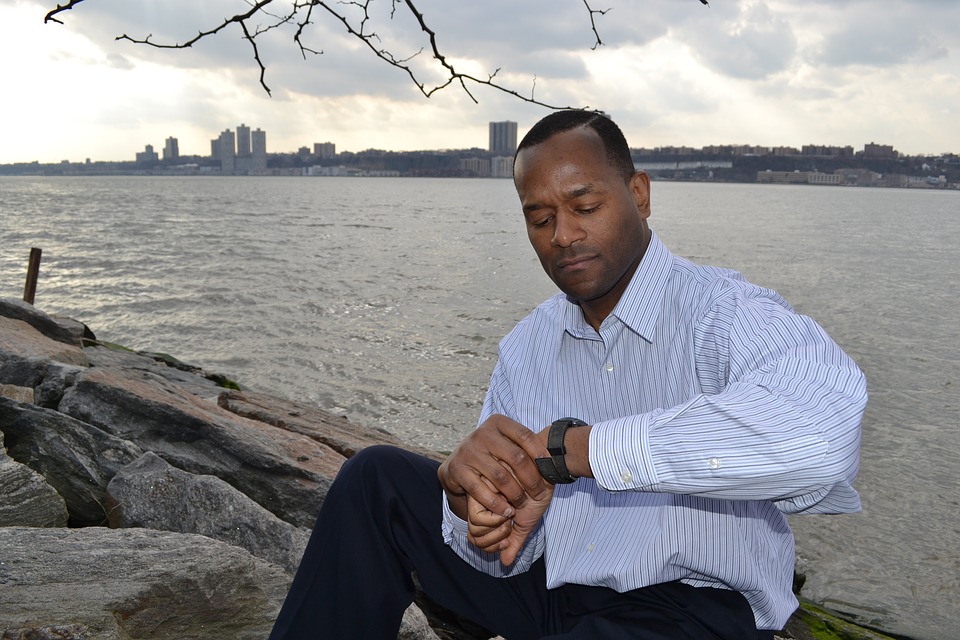The Green Book, a guide for travellers. was published more or less annually from 1936 to 1966. At the time, the publisher and compiler of this travel guide said:
“…there will be a day sometime in the near future when this guide will not have to be published … It will be a great day for us to suspend this publication for then we can go as we please, and without embarrassment.”
It’s hard for us today what on earth he was talking about, isn’t it?
But the full title of the publication was The Negro Motorist Green Book.
Yes, it was specifically aimed at African-Americans who at that time, found it difficult to travel simply because of their colour. Most states had strict laws that meant that, basically, prejudice was perfectly legal and, in fact, expected of them.
In the 1930s, the mass production of cars meant that Americans of all colours and races had more freedom to travel. Many African Americans took to driving their own cars because that way, they and their families could avoid the humiliation of being segregated into the ‘blacks only’ railroad cars or sections of the bus when they went on vacation.
Although it offered them this freedom, it was difficult to find hotels that would accommodate them, restaurants that would feed them, gas stations that would fill their tanks and even public loos where they and their kids could relieve themselves. At that time, for example:
- It was suggested that black car owners should wear a chauffeur’s cap when driving to give the illusion that they were working
- Police saw ”driving when black” (DWB) as a good reason to stop motorists – even when the driver had broken no traffic laws at all
- Some families on road trips simply slept in their cars, knowing that they’d be turned away from hotels
- Before long car journeys, they would cook food at home and take it with them, because they would have a hard time finding a restaurant or coffee shop that would serve them
- Dangerously, they would carry containers of gas in their cars as many gas stations wouldn’t serve them
- Black motorists had to be extremely careful finding the right location if they had to stop to let a child pee in the bushes. Some motorists even carried a bucket in the car for that purpose
The book listed place that would accommodate, feed or serve them. Ans in some places, these establishments were few and far between.
- I was just looking at the 1950 Green Book accommodation list for Florida. There was only one establishment in Fort Lauderdale
- In 1920 there wasn’t a single hotel in Salt Lake City that would accommodate black people
- There were more than 100 motels along Route 66 – and only 6% would accept African-Americans
- In 1956, there were only 3 hotels that would accommodate black people in the entire state of New Hampshire
In addition, there were many cities across the entire United States that had declared themselves to be ‘sundown towns’, meaning that African-Americans were only allowed to be in that town until the sun went down, then they had to leave. It’s thought that by 1960 there were over 10,000 of these places throughout the country.
Initially, the guide covered only the New York area but grew over the years and eventually incorporated the entire country, plus parts of Canada, Mexico and Bermuda.
To begin with, accommodation and food were its main focus but this extended more and more to services such as beauty parlours, tea rooms, tailoring businesses and so on. Because of the dearth of hotels willing to accommodate black people, the guide featured ‘tourist homes’.
These were similar to today’s home-sharing accommodations such as those featured on sites such as Airbnb. They were private householders, often African Americans, who offered clean and good value accommodation for black travellers.
ARTICLE BY:

Jackie
JJ is originally from the UK and has lived in South Florida since 1994. She is the founder and editor of JAQUO Magazine. You can connect with her using the social media icons below.

